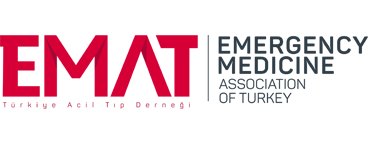Dear Editor,
We read an article by Selamat et al. [1] In the present case, we want to highlight an important aspect in treating green pit viper. Green pit viper venom contains serine proteases, metalloproteinases, C type lectins, and phospholipases.[2] It has procoagulant and anticoagulant effects on the body’s blood clotting mechanism, typically resulting in defibrination syndrome.[2] Phospholipase toxin helps in the subcutaneous spread of venom by lysing the cell membrane. In the present case, envenomation was in the subcutaneous tissue, leading to swelling, edema, cellulitis, and coagulopathy (APTT:65.1 s).[1] In the present case, the patient received only three vials of antisnake after 3 h of bite. Green pit viper does not give dry bites like other venomous snakes. In the present case, the patient received a venomous bite. Given envenomation, the patient should have received the ideal dose of 15 vials of Antisnake venom (ASV) over 6–8 h.[3] ASV neutralizes free circulating venom and does not bind to previously attached receptor sites.
Giving a high dose of Antisnake venom in the early hours works by creating a concentration gradient across the extracellular compartment and sucking out intracellular venom and subsequent decrease in swelling, cellulitis, edema, and the systemic manifestation of envenomation.[2,3] In the present case, despite giving three vials of ASV, swelling progressively increased over 12 h, and the patient required intensive care and tracheostomy for respiratory compromise. In the present case, the dose of ASV was inadequate, allowing the venom to attach its terminal receptors. Giving the ideal dose of ASV in golden hour decreases the mortality and morbidity due to snake bite envenomation. It prevents the extra load of these cases from being sent to the intensive care unit, which is beyond the reach of lower socio economic groups. In private hospitals, treatment cost ranging from US$100 to $1700.[4]


